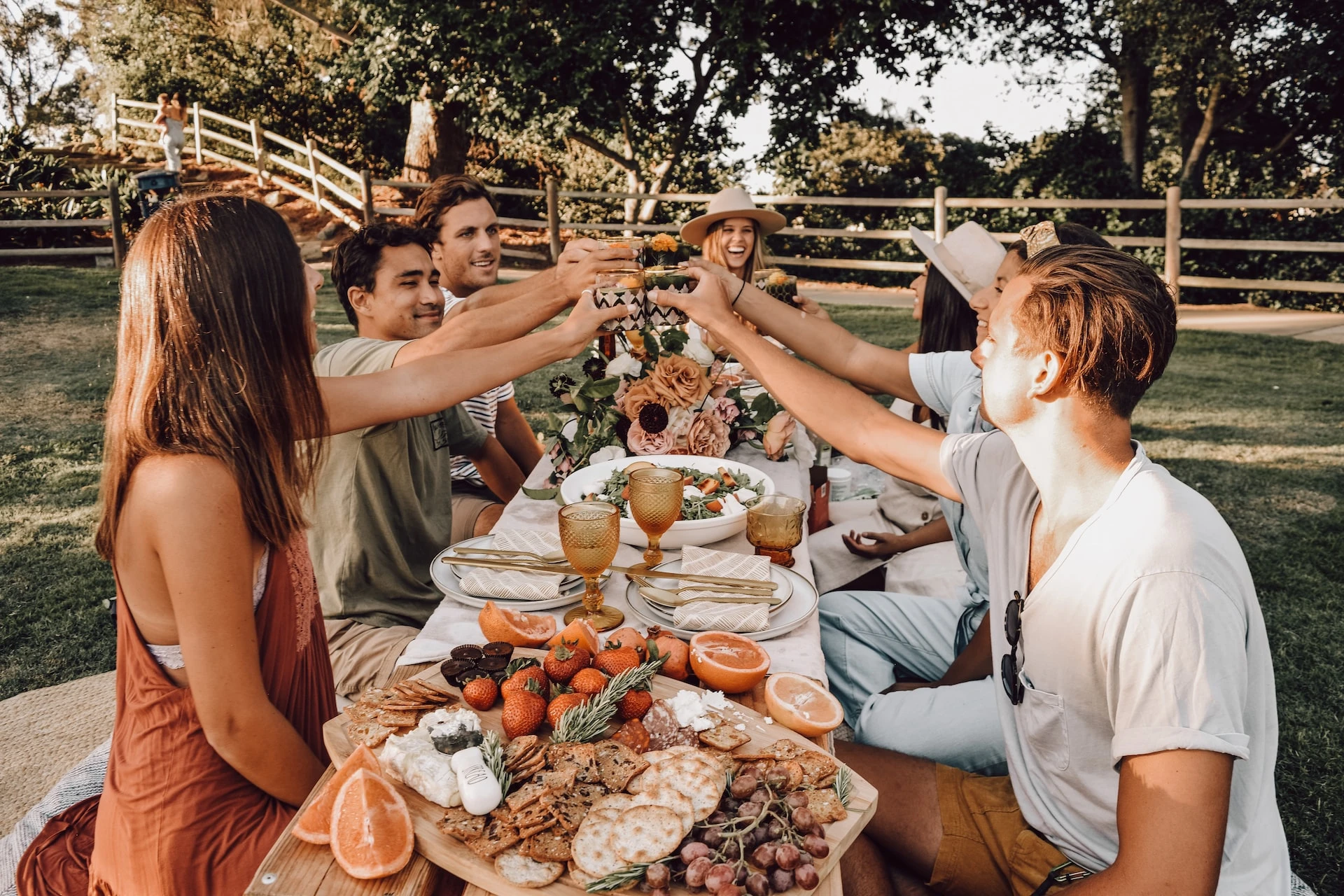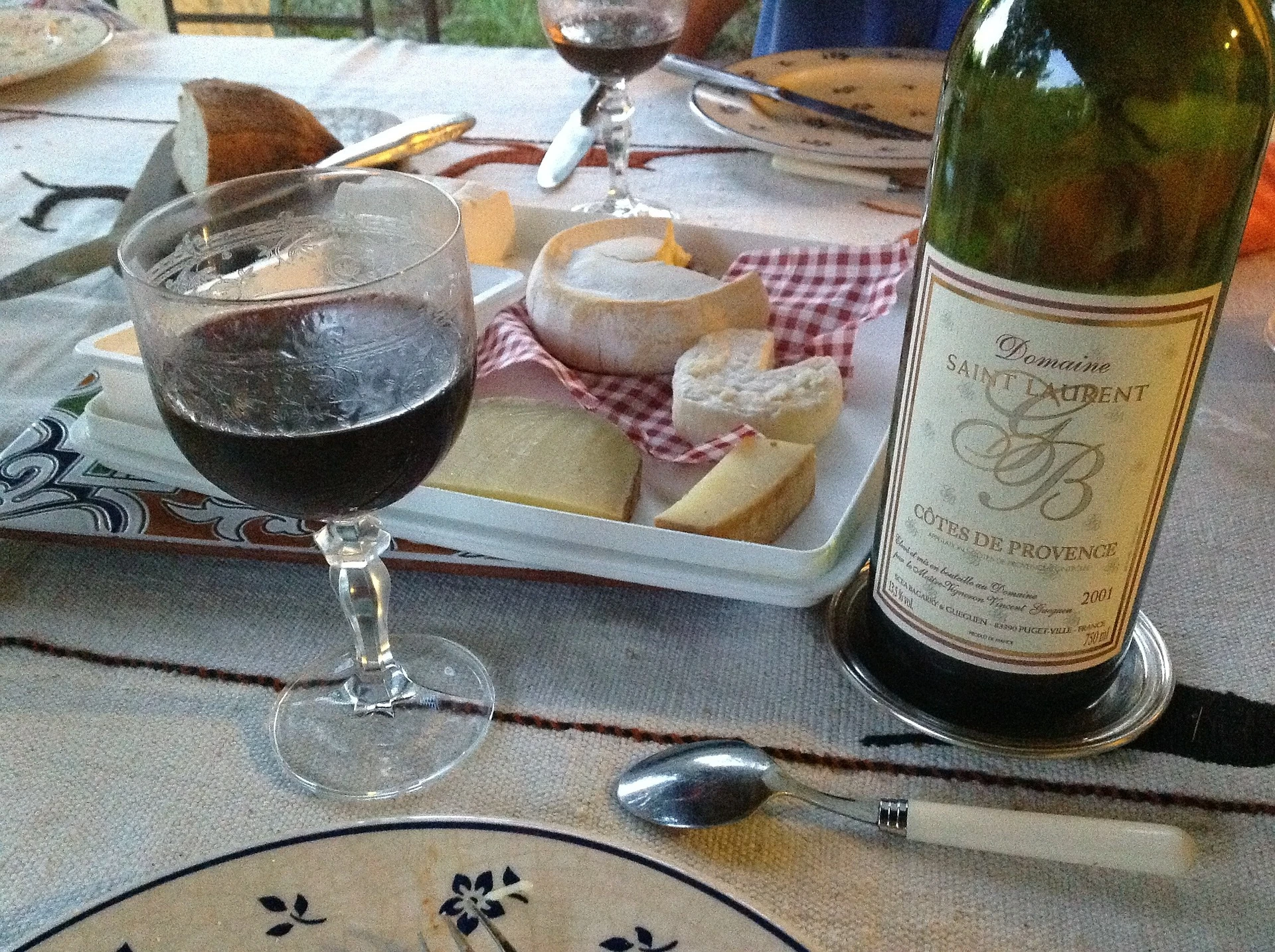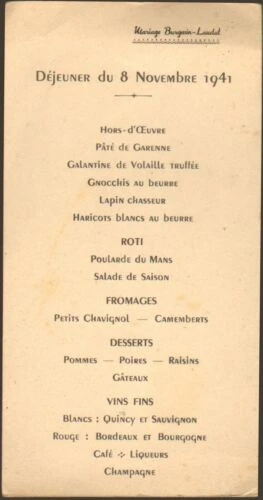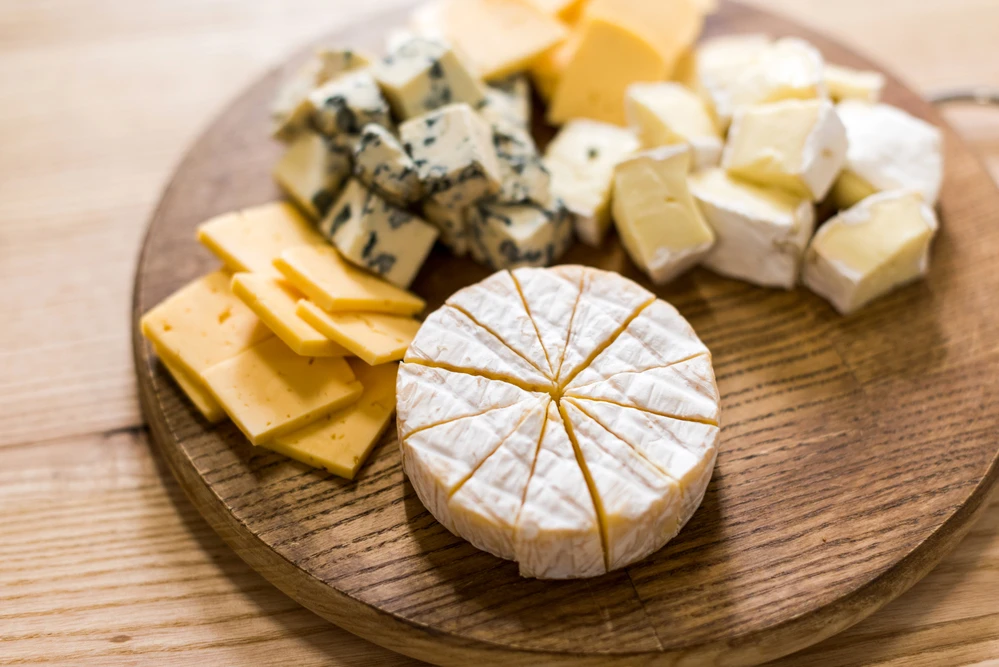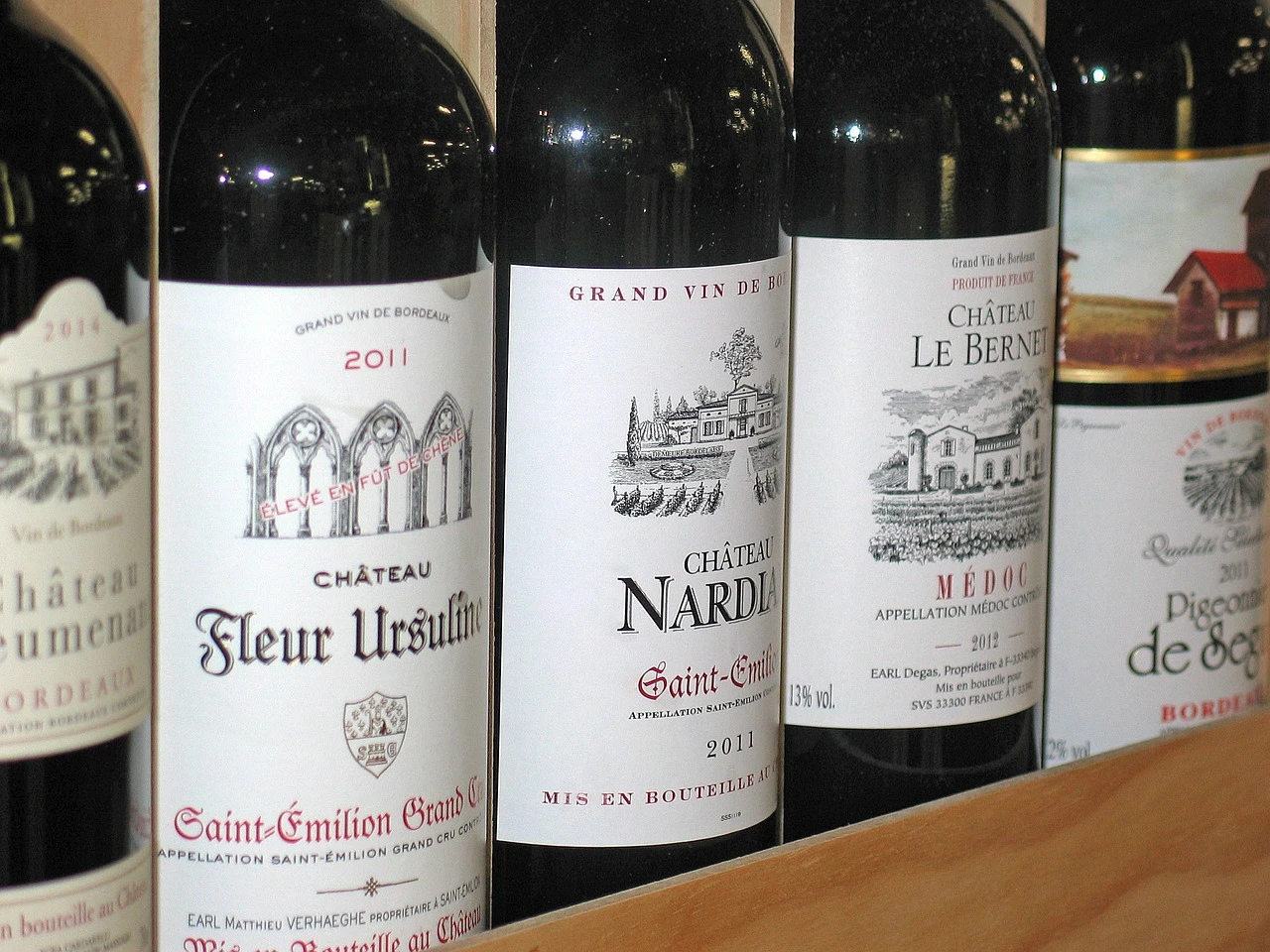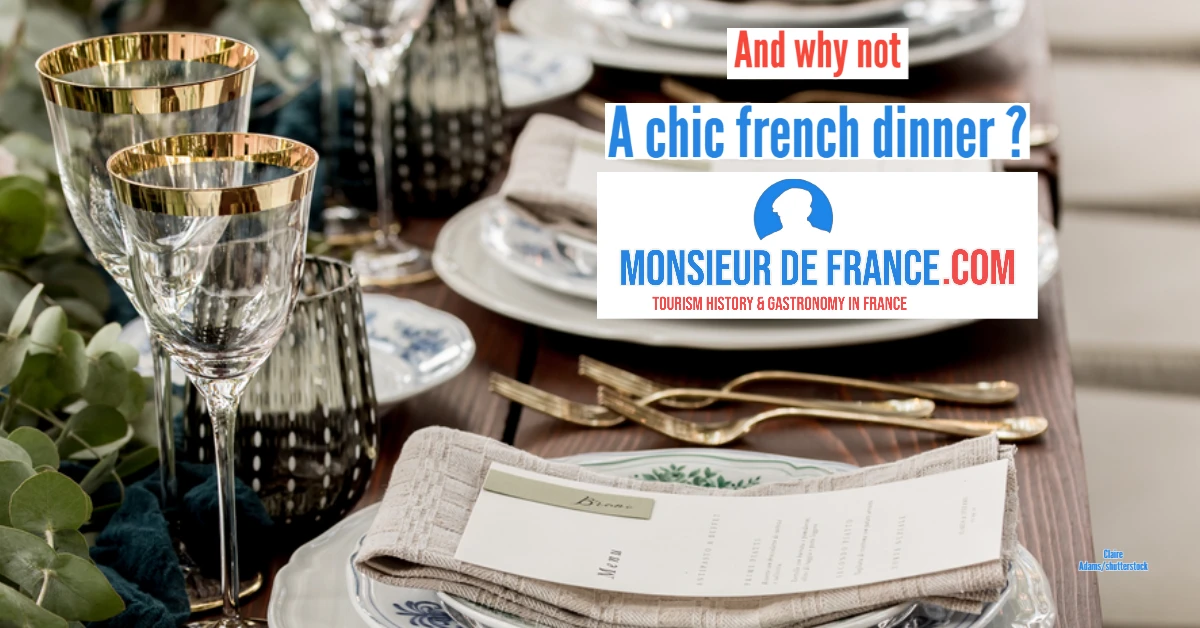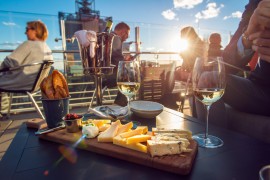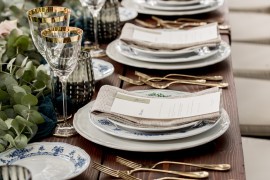UNESCO definition of the "French Gastronomic Meal
Photo de krakenimages sur Unsplash
Let's read the official UNESCO text:
"The gourmet meal is a customary social practice designed to celebrate the most important moments in the lives of individuals and groups, such as births, weddings, anniversaries, successes and reunions. It's a festive meal in which diners practice the art of 'eating well' and 'drinking well' for the occasion."
The gastronomic meal emphasizes being well together, the pleasure of taste, the harmony between human beings and the productions of nature. Among its important components are the careful choice of dishes, the purchase of good produce, preferably local, the pairing of food and wine, the decoration of the table, and a specific gesture during tasting. The gastronomic meal must follow a well-established pattern: it begins with an aperitif and ends with a digestif, with at least four courses in between: a starter, fish and/or meat with vegetables, cheese and dessert. Renowned gastronomes ensure that these practices are passed on orally and in writing, strengthening family and social ties.
Image by Agence Rédaction Web from Pixabay
The succession of dishes: a 19th-century invention
Faire se succéder les plats, imaginer un accord entre le plat servi et le vin qu'on boite, c'est français. And speaking of dishes that follow one another, in the 19th century, we spoke of "Service à la Russe", since in France, throughout the Middle Ages, the Renaissance, the 18th century and the early 19th century, all dishes were served at the same time and everyone helped themselves to what they wanted. It was the great chef Augustin Carême who, in the 19th century, brought into fashion the idea of a starter, a main course, a cheese course and desserts.
And a menu
At the same time, the French meal was enriched by the many dishes or delicacies that came to Paris... by train. More produce, more freshness, expanded culinary possibilities. The end of the XIXᵉ century and "la Belle Époque" saw the arrival of meals of stunning length and complexity. It's not uncommon to see menus with :
an aperitif (a 19th-century invention), an "mise en bouche", an "hors d'oeuvre", a soup, a "plat de relevé", a starter, a "rôt", a "trou normand" - a glass of strong alcohol, Calva in Normandy, supposed to "wash down" everything you've eaten - a cheese platter (7 minimum), a entremet, a dessert, then fruit, then "coffee and liqueur". Pantagruelian, isn't it? Still, note in passing that we didn't serve people "on a plate": the dish passed each time (twice, in fact), and we only took what we wanted. Some would pass their turn and wait for the next dish.
A typical menu
The idea of displaying the menu, in other words what was going to be tasted (dishes and wines, with the year and place of origin), was taken up by fledgling restaurants in the XIXᵉ century.
The menu displayed for family meals is not too short-lived these days, but it remains relevant for special occasions (weddings...) and is often kept as a memento of the event.
From now on, an orderly meal and rituals to be lived together
These meals, which were never-ending, have finally become simpler. It must be said that we eat lighter and drink less... The French meal has become much simpler over the last forty years or so, and now follows a well-honed "schedule" that we find every time:
- An aperitif
- an entrance
- a main course (fish or meat)
- a cheese platter
- a dessert
- a digestive sometimes
- and a coffee.
An aperitif is a must
The aperitif is indispensable at a French meal, since it's often the moment when people who don't know each other get to know each other.It's also the moment when we "get into it". Cheese is absolutely indispensable in the land of "1000 cheeses" - it's even the minimum! It's often an opportunity to present local or original cheeses.
The choice of wines: a strategic one!
It's also very French to talk about cooking or gastronomy when you're already eating. This meal, which always brings several people together, is often a moment of discussion and social bonding. We discuss many things, we listen to each other, we laugh, we confide in each other, we sometimes defuse conflicts.
We can make this gourmet French meal even better by making it outright a "meal à la Française", in other words in the rules of the art of receiving, accompanied by the customs of each: the person who receives and the people who are invited. We speak then of a meal "à la Française", and we give you all the codes and all our tips here.
The choice of wines: very strategic! / Image by Kerstin Riemer from Pixabay
FAQ - French gastronomy explained
What is the French gastronomic meal?
It's a tradition registered with UNESCO since 2010, celebrating the art of eating well, drinking well and being together.
Why has it been classified as Intangible Heritage?
Because it transmits values of sharing, conviviality and savoir-vivre.
What is the difference between a gourmet meal and a French-style meal?
The former emphasizes conviviality; the latter follows the codes of protocol and service.
What are the typical dishes?
Starter, main course, cheese, dessert - all accompanied by a good wine and an aperitif.
Can it be reproduced at home?
Yes, as long as you take care of the table, the products and the convivial atmosphere.
Which wines to choose?
A white wine for fish, a red for meat, a mellow one for dessert: harmony above all.
Is the French gastronomic meal evolving?
Yes, it's becoming lighter and more modern, but retaining the essential: the pleasure of being together.

